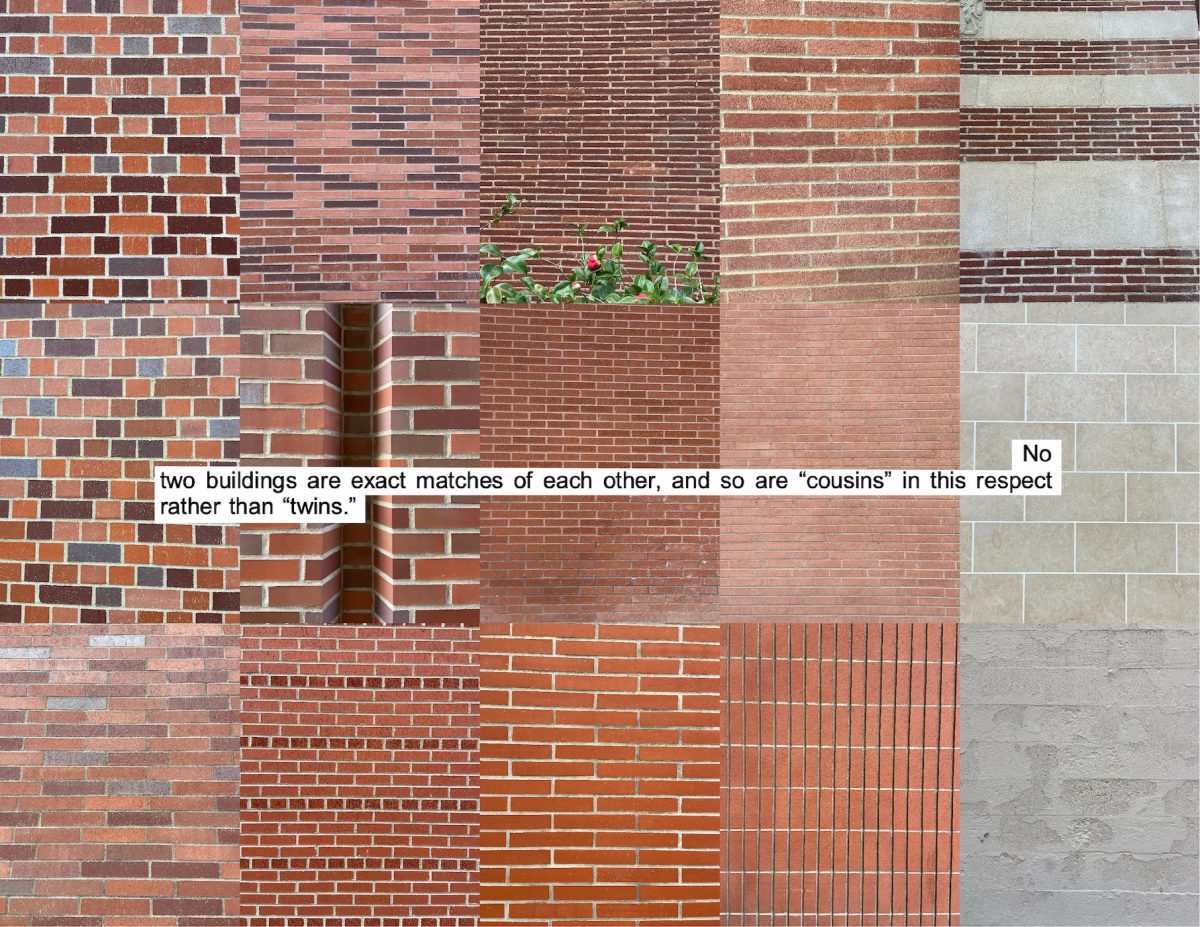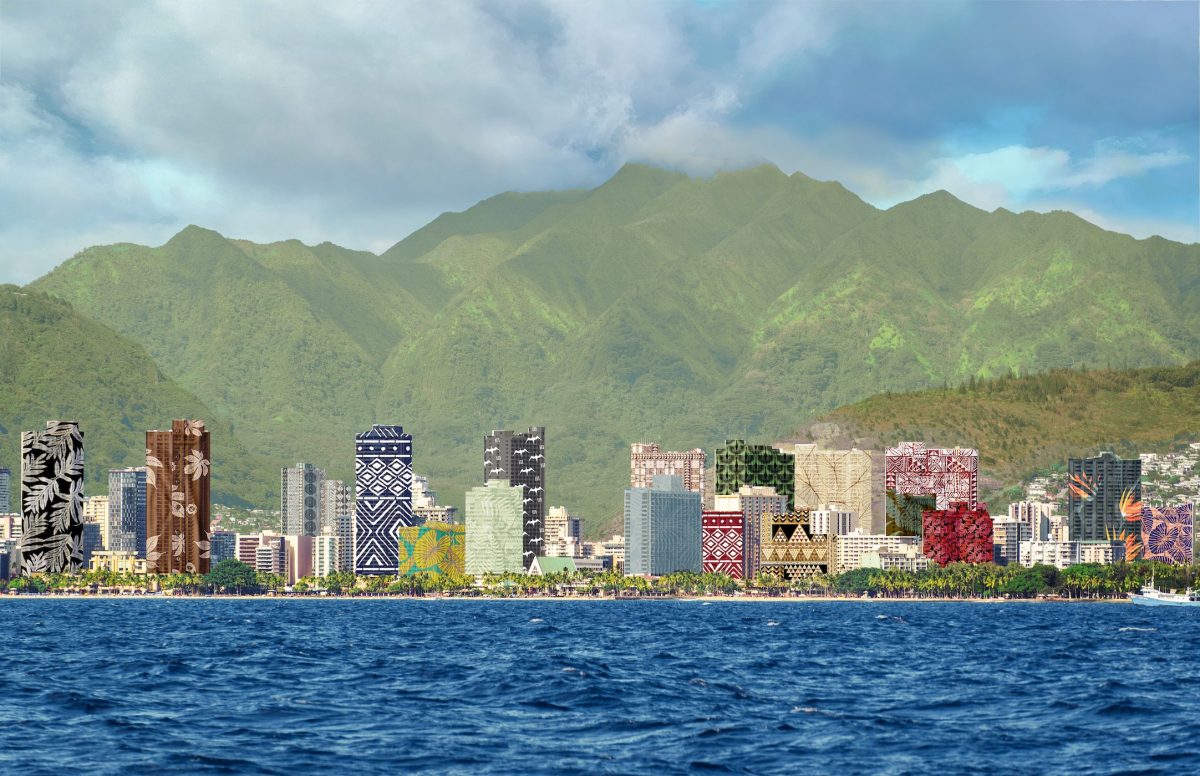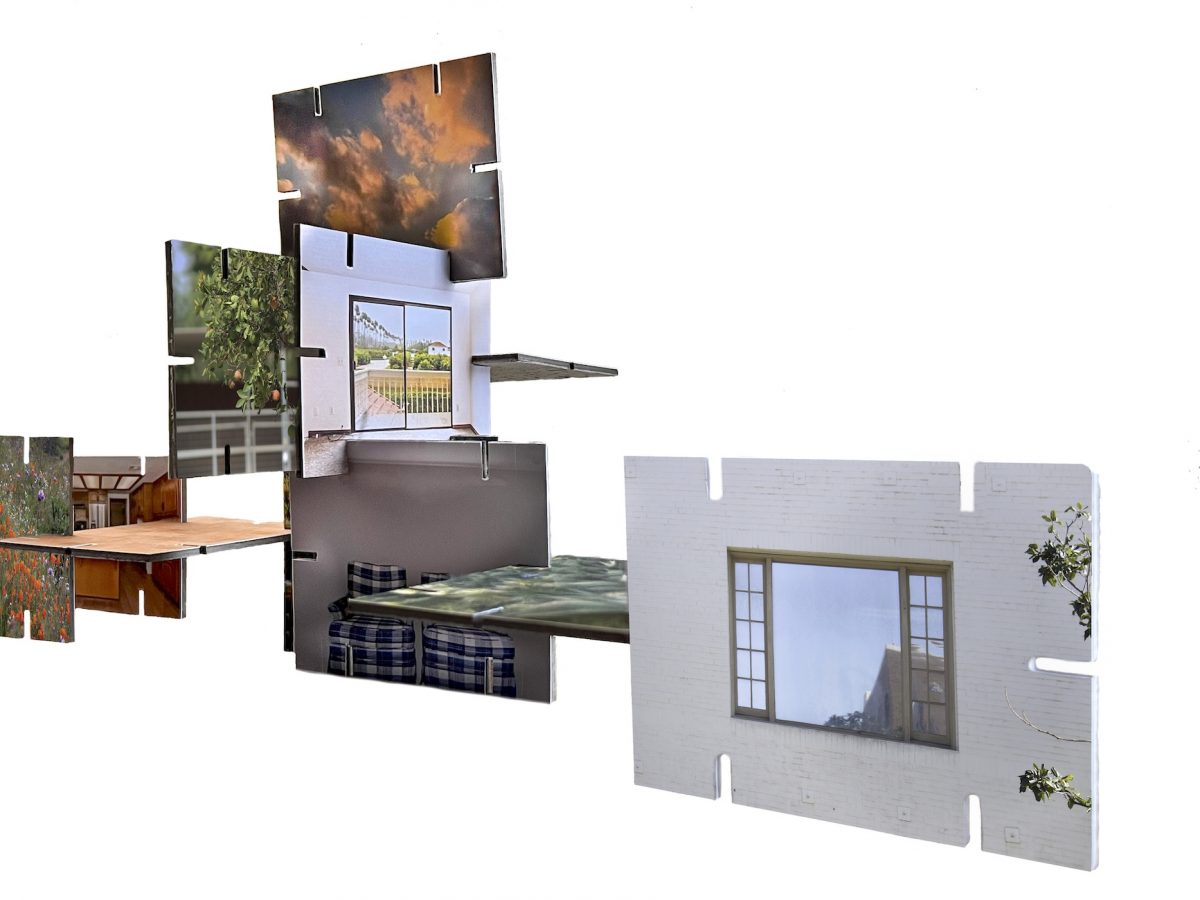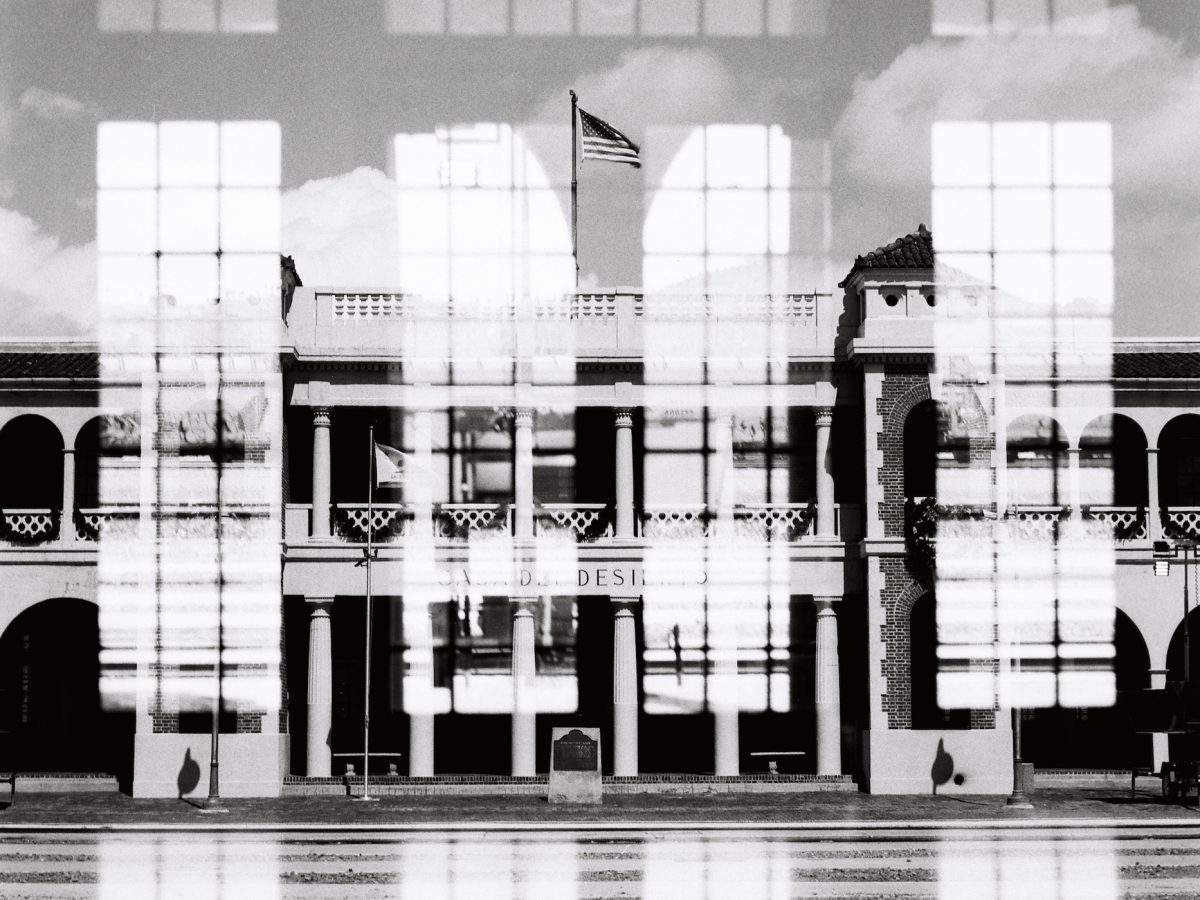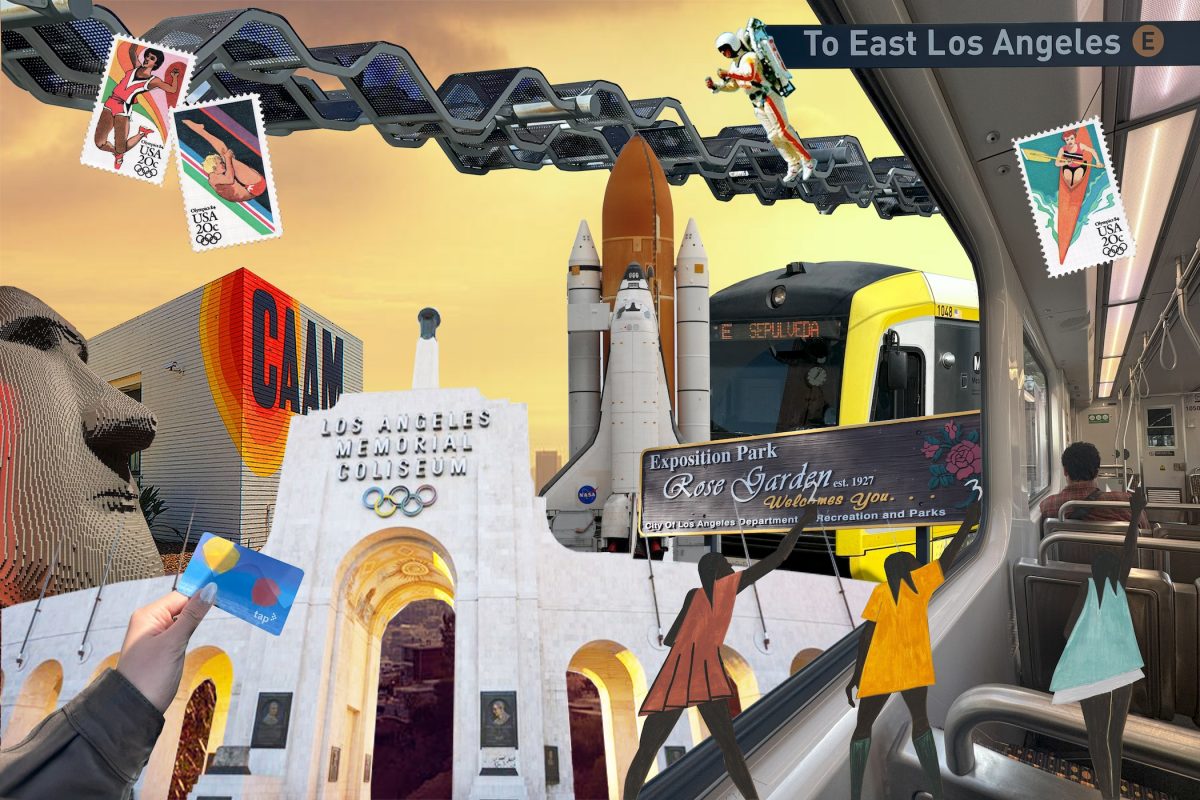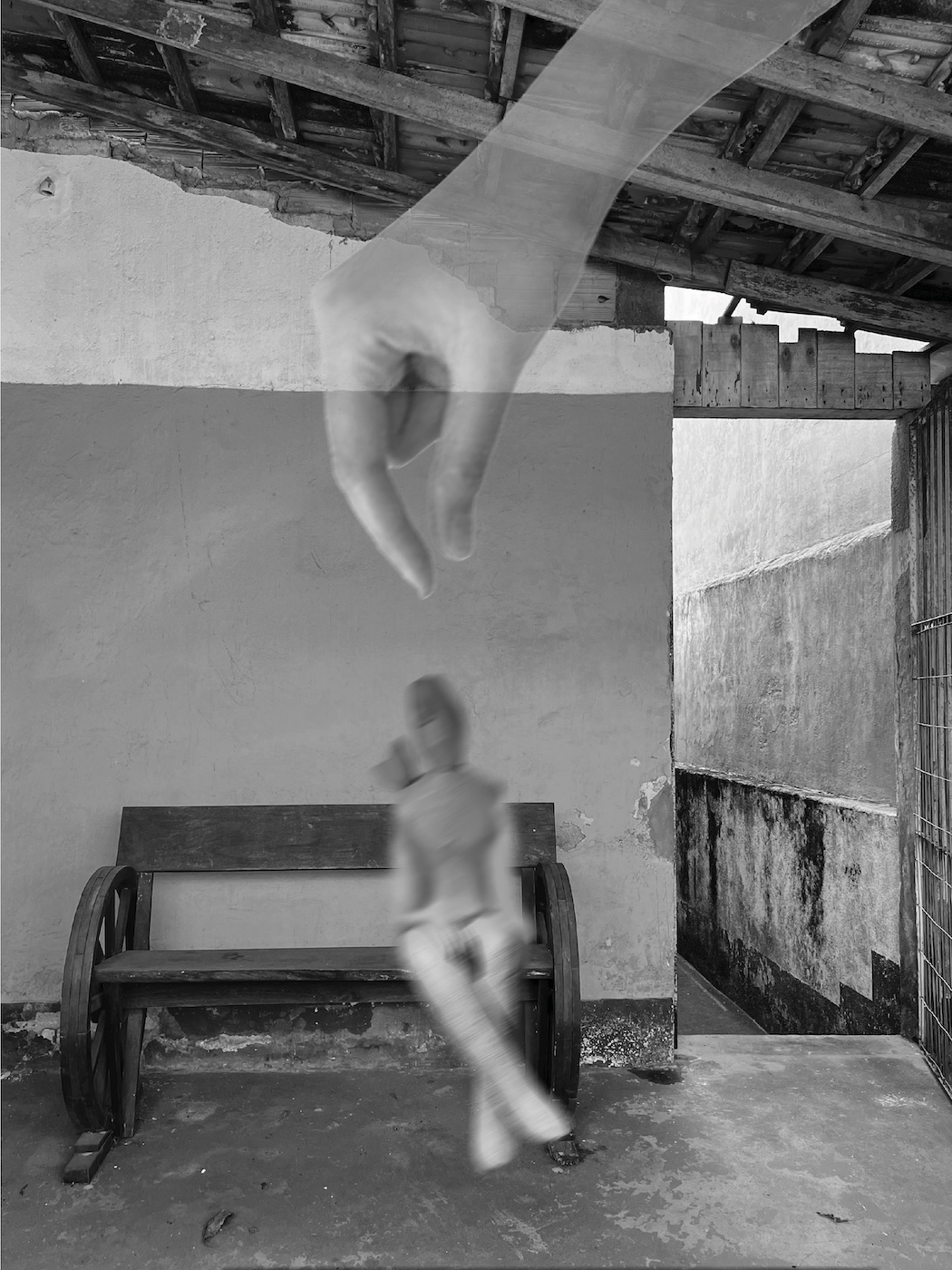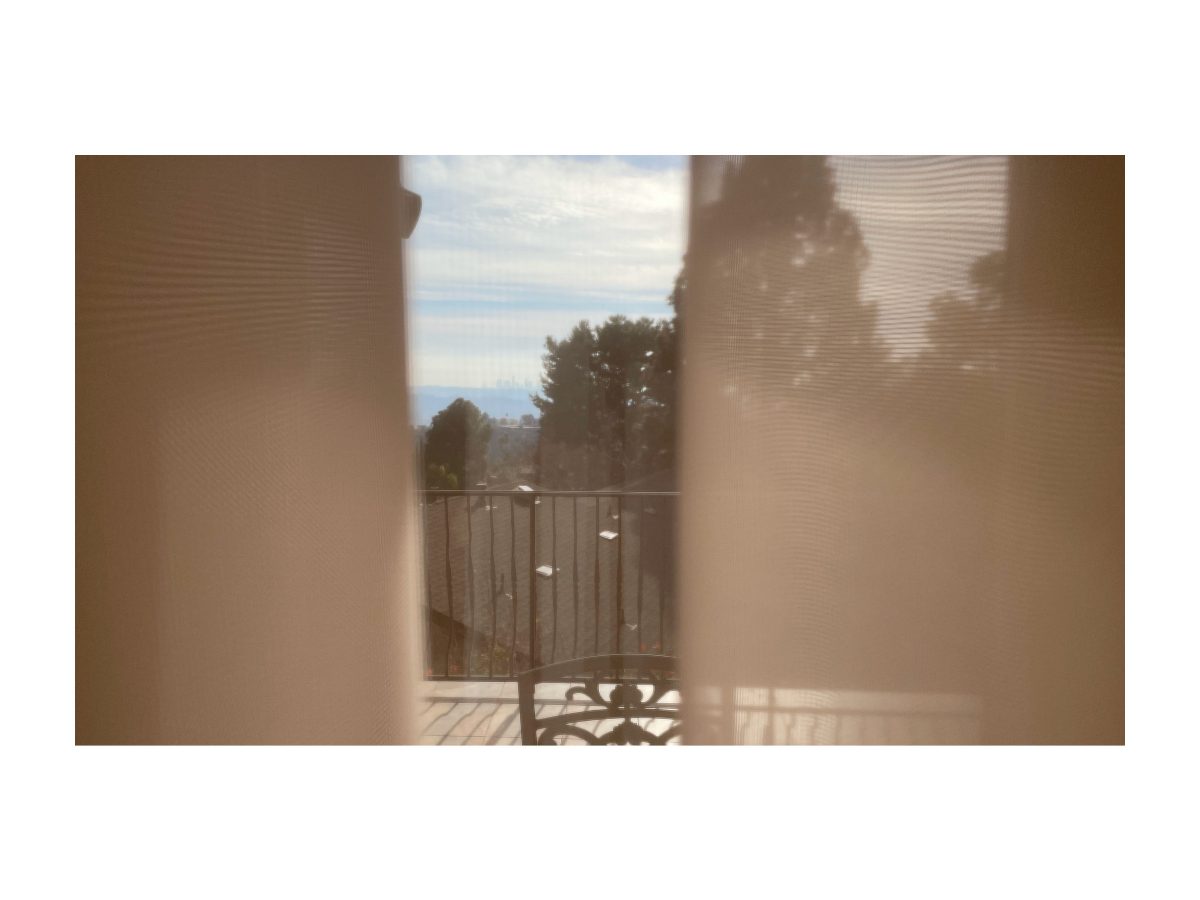In exploring the intersection of art, architecture, and perception, this thesis investigates the creative integration of 2D photo collage techniques to construct a 3D dimensional representation. By strategically overlapping multiple photographs taken at the same location and magnifying key elements such as location, architecture info, and symbols, the collage piece employs visual hierarchy to highlight significant architectural details. The 2D photo collage becomes a plan for constructing a 3D dimensional portrayal of architecture aesthetics and information. Through its dynamic portrayal of space and perception, these pieces embody the essence of architectural cubism, inviting viewers to reconsider their understanding of the built environment.



